In Nogales, Arizona, U.S. Border Patrol agents are transforming border security with cutting-edge Drone Technology, enhancing safety for agents and civilians while boosting operational efficiency. According to a KGUN 9 report, drones provide a bird’s-eye view of one of the busiest pedestrian ports of entry from Mexico, enabling agents to monitor the border wall with unprecedented precision.
Drones Enhance Situational Awareness
For 15-year veteran Border Patrol agent Jon Thompson, drones are a game-changer. “There’s no place they could hide from the drone; we can see every angle,” he says. Equipped with high-resolution cameras, drones allow agents to spot individuals crossing the border and relay critical details to ground teams. This real-time intelligence helps agents assess whether suspects are armed or if someone needs urgent help, reducing risks compared to pre-drone operations when agents entered areas blindly.
Supervisory Border Patrol agent Gabriel Rojas highlights the dual purpose of drones: tracking suspects and aiding those in distress. “We have a drone in the sky already seeing those suspects on the ground before the agents get there,” Rojas explains. This capability ensures safer, more informed responses, protecting both agents and civilians.
Technical Precision and Regulatory Compliance
The drones, including a smaller model capable of speeds up to 30 mph (48 km/h), are operated within strict boundaries to comply with international regulations. “The systems have maps on them, so it’ll show where the aircraft is and where the border is,” Rojas notes, ensuring drones do not cross into Mexico. Every operator holds an FAA Part 107 license, reflecting the agency’s commitment to professional standards and airspace safety.
Operational Impact and Future Potential
Drones have already proven their worth in real-world scenarios. Thompson recalls a recent incident: “One had crossed, and I flew my drone close, and they could hear it and went back to Mexico.” This non-confrontational deterrence underscores the drones’ ability to de-escalate situations, saving time and resources.
As technology evolves, Rojas is optimistic about further improvements. “As technology gets better, efficiencies get better,” he says. Future advancements in drone range, battery life, or AI-driven analytics could amplify these benefits, potentially reducing costs—estimated at $10,000–$50,000 per drone—and enhancing border security nationwide.
DroneXL’s Take
At DroneXL, we see Nogales’ drone program as a blueprint for balancing security and humanity. The ability to spot a lost migrant in distress or deter illegal crossings with a drone’s hum is a win for agents and communities alike. It’s like having a trusty co-pilot in the sky—reliable, sharp-eyed, and just loud enough to make a point. As drone tech races forward, we hope to see more agencies adopt these tools, not just for enforcement but for saving lives in tough terrain. The border’s a complex place, and drones are proving they can handle the challenge with precision and heart.
Photo courtesy of KGUN 9
Discover more from DroneXL.co
Subscribe to get the latest posts sent to your email.

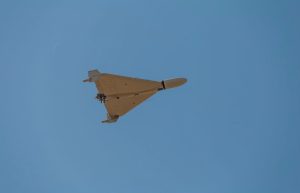
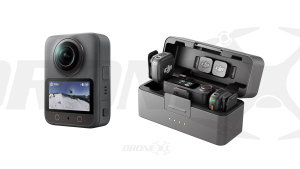
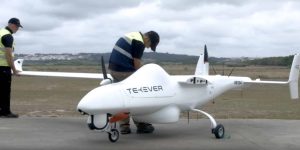
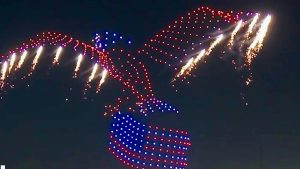

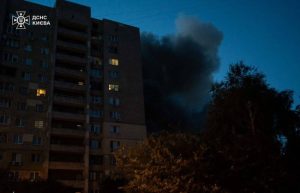


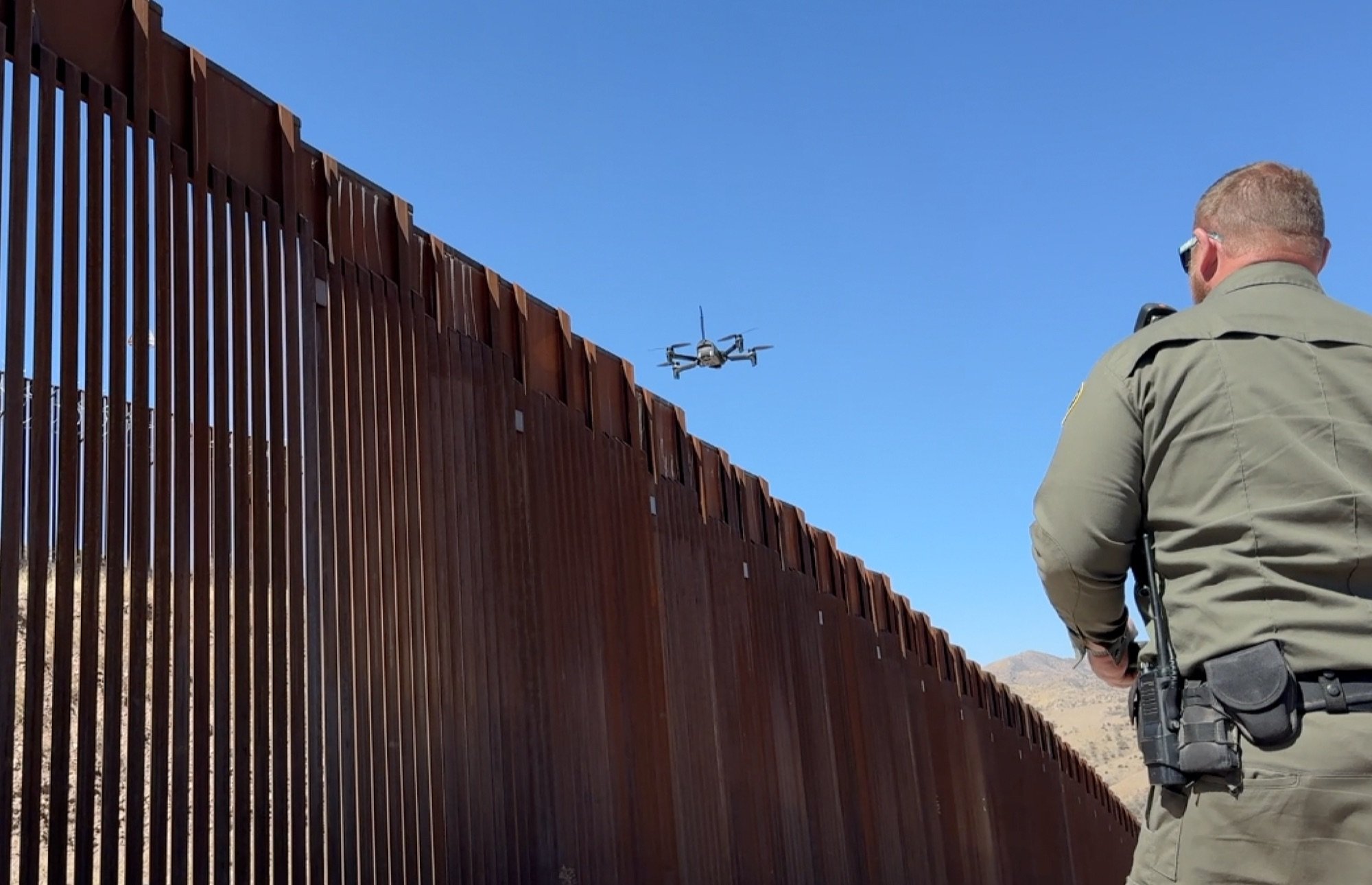
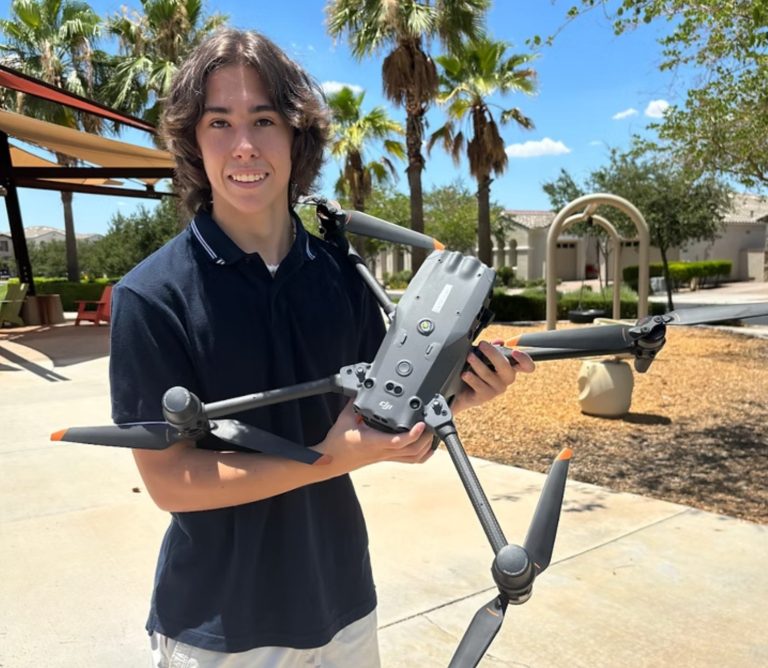
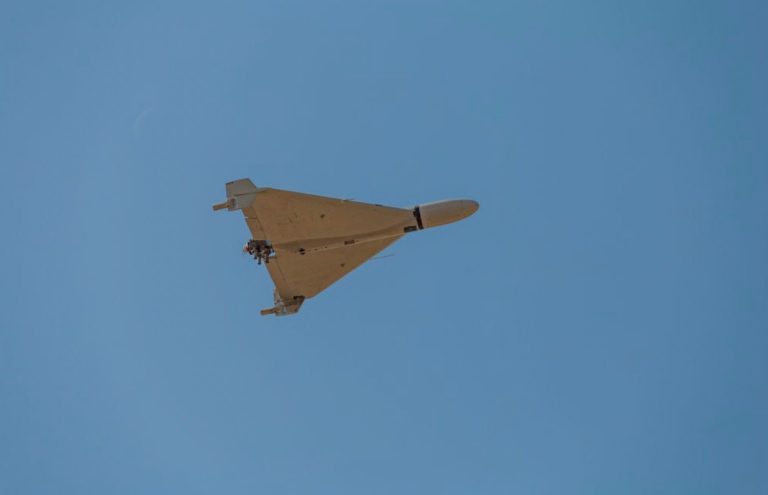
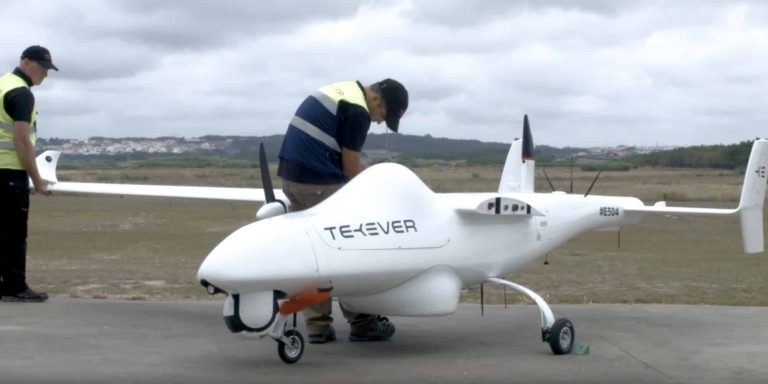
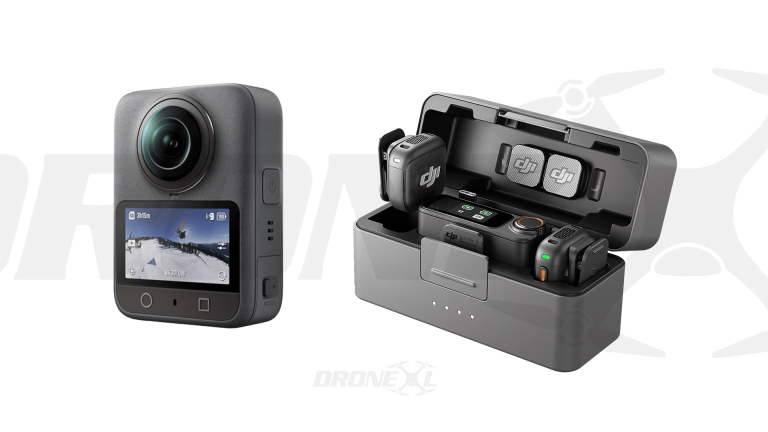

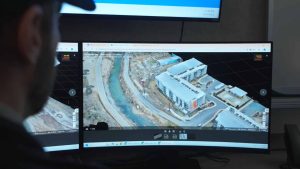
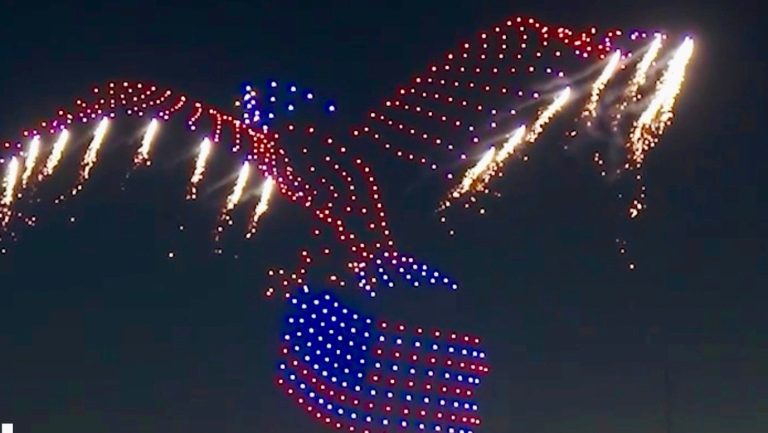

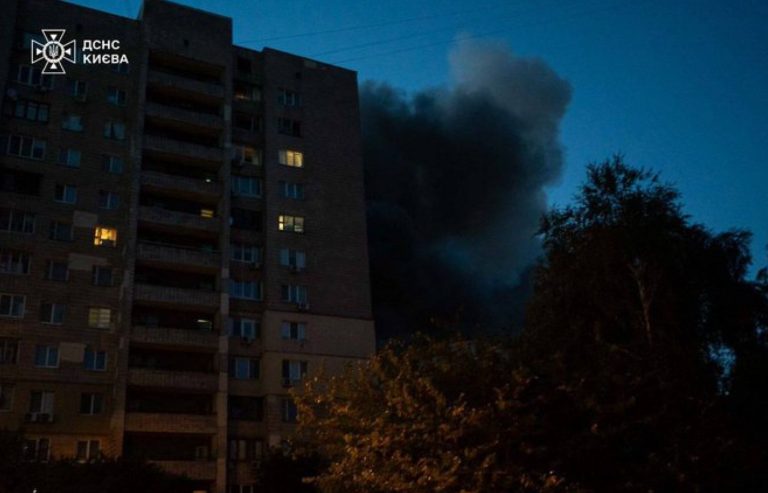
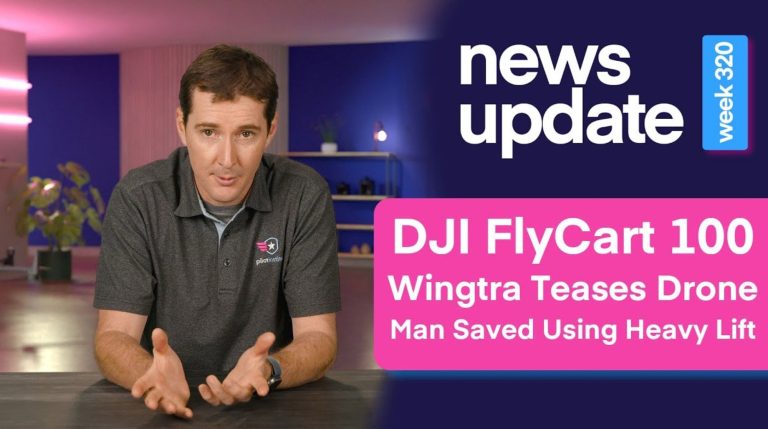
+ There are no comments
Add yours